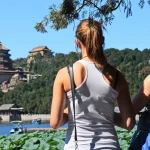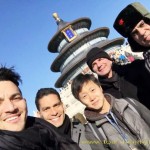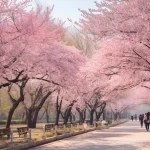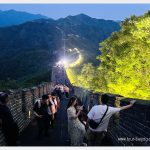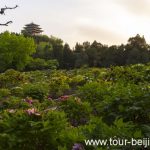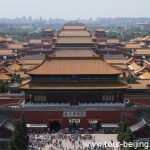Tiancheng Woodblock New Year Painting Old Shop
If you are going to visit the city of Kaifeng ( one of the seven great ancient cities in China ) on your Henan tour in the central China, you are highly recommended to have a side trip to an ancient town known as Zhuxian Town 23km south of Kaifeng. Zhuxian Town is notable for…
